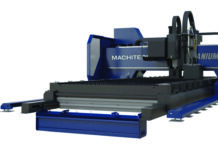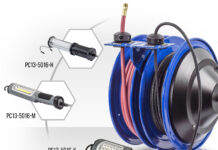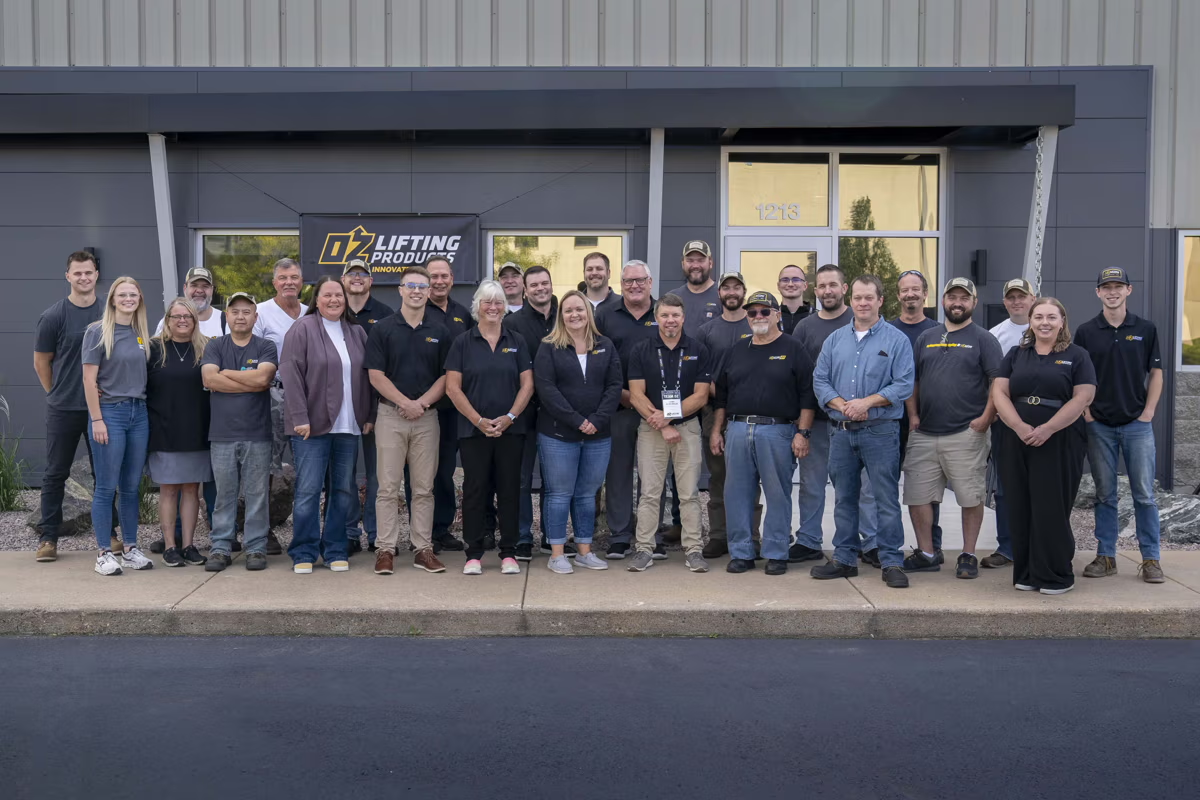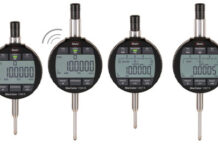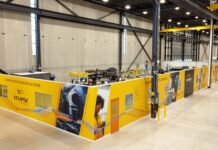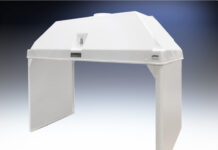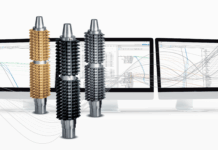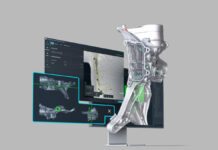
By: Michael DeMaria
Understanding the benefits of a hosted predictive maintenance program.
Predictive maintenance (PdM) programs took off in the 80’s when computers went mainstream and technical analysts had the ability to take this sophistication to the plant floor to thoroughly troubleshoot and analyze machinery conditions. Plant staff and maintenance departments were filled with highly skilled engineers and technicians who could spend quality time deciphering the analytical data that these instruments produced, turning that data into meaningful action items to prescribe repairs.
A lot has changed since the 80’s. Maintenance departments are leaner, machinery and other assets have become more complex, and analytical hardware and software is far more sophisticated. With programs today there is a wealth of information to be had to understand the condition of machinery, the overall health of the plant, the risk to operations and productivity, and the financial impacts of shutdowns and repairs. The burden to obtain and decipher this information generally falls onto a very small staff of maintenance personnel who get little training and too little time to perform their tasks adequately.
General knowledge about predictive maintenance has taken a drastic turn for the worse as of late. As opposed to building on the legacy knowledge of experts, data quality and collection tools have been dumbed down to acquire the bear minimum to prevent catastrophic failures. These devices may identify a machine failure prior to its failing, but they do not contribute to understanding the trend of the failure, the planning for downtime or repair, nor the full understanding of the risk financially or otherwise.
There are data collection devices, software applications, and web-based portals out there that can provide a wealth of information to many constituents who can contribute to and understand the information available about the machines and plants as a whole. The challenge is getting past the idea that all data and information must reside inside the four walls of the plant.
Moving Outside the Four Walls of a Data Silo
As you might know, predictive analytics based on technologies like vibration or thermography is not an exact science. Understanding the patterns and data values takes years of experience and training to interpret. Data is data, it really does not matter what acquisition device is used to gather it, but how you handle and process the data is what makes all the difference. Lower end devices do not provide enough information to make fully informed decisions and higher end collection devices require significantly more training and skill.
Decisions are not handled alone. However, in the predictive maintenance world it is very hard to get decision makers involved in understanding plant risks and repair needs when the data that is driving these decisions is extremely technical. Again, we are back to dumbing down the data gathered so we just prevent a catastrophic machine failure. There is a better solution.
Our first challenge in building a better program is to get more people involved and presenting data that makes sense to all decision makers, not just the analysts. To do this, the data will need to be made available outside the four walls of the plant.
Taking Advantage of Cloud Solutions
Web-based infrastructures are not new in today’s world. Many companies have turned to cloud hosted solutions for a variety of other business challenges. Companies like Microsoft® have proven the capabilities of cloud infrastructures, which gives users freedom to work anywhere and without needing to purchase and manage locally installed software. These same capabilities are available to the maintenance departments for their predictive maintenance programs.
A hosted database allows for the analysis of machinery faults by comparing multiple technology reports in context with each other. This allows analyst and plant managers to confirm the necessary repair actions and set priorities more effectively. This data can then be presented to multiple decision makers through a web interface as opposed to technical software. Removing the software from the data opens a realm of possibilities for understanding the impact of machine failures. Looking beyond amplitudes and frequencies, we can now add more details through a wider range of contributors.
With a cloud infrastructure, corporations could leverage the knowledge and machinery information that is gained from multiple locations to quickly deploy new programs. With a centrally managed database each plant could have access to historical information and baselines for comparison of like machinery. New programs can be up and running in weeks as opposed to months or years. Baselines for comparison of healthy machines can be immediately understood allowing program managers to ensure plants are ready for optimal performance.
About the Author
 Michael DeMaria, director of product management, works to drive the vision of hardware, software, and service offerings from Azima DLI. Having spent several years in the field as an operations and maintenance engineer, along with his administrative and program management roles for some key customer accounts, he understands the value of the right technologies and products to support customers. DeMaria is a certified Category II vibration analyst.
Michael DeMaria, director of product management, works to drive the vision of hardware, software, and service offerings from Azima DLI. Having spent several years in the field as an operations and maintenance engineer, along with his administrative and program management roles for some key customer accounts, he understands the value of the right technologies and products to support customers. DeMaria is a certified Category II vibration analyst.
About Azima DLI
Azima DLI’s WATCHMAN™ Reliability Services utilize flexible deployment models, proven diagnostic software and unmatched analytical expertise to deliver sustainable, scalable and cost-effective condition-based maintenance programs.
For more information, visit azimadli.com




